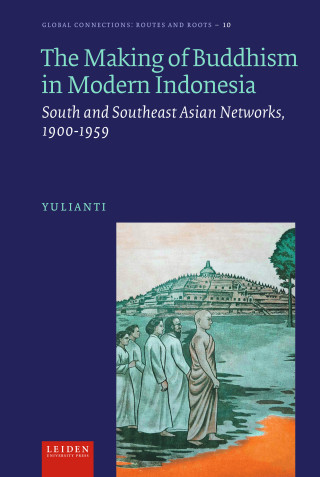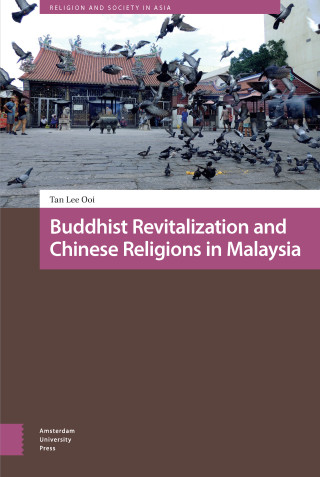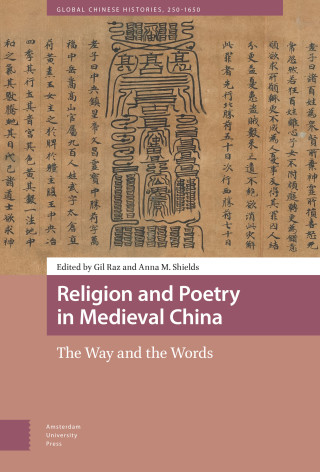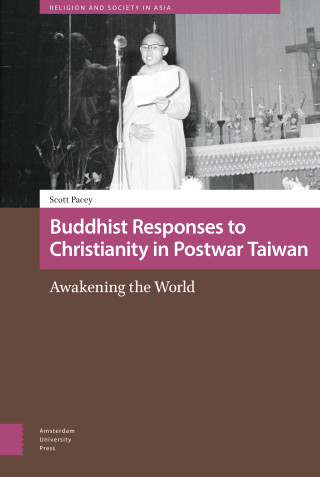Kai Shmushko
Kai Shmushko is a Post-doctoral researcher and lecturer in Sociology at the University of Amsterdam. Her academic grounding is China Studies, Religious Studies, and Cultural Sociology with a strong orientation towards ethnographic research, including digital ethnography. Her research stands at the nexus of several primary interests: religion and spirituality among Chinese societies; diasporic Chinese communities; heritage and material culture; cultural production in new media and religion and politics of the Chinese sphere. She completed her doctoral degree at the School of Historical Studies (East Asia focus) of Tel Aviv University and previously held research and teaching positions at Renmin University, Fudan University, National Chengchi University, and Leiden University.





